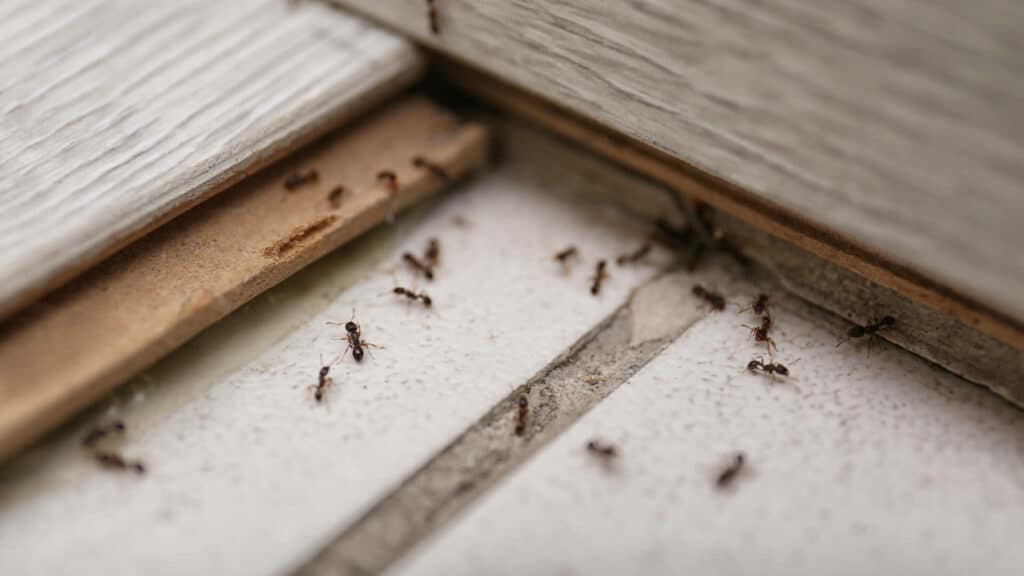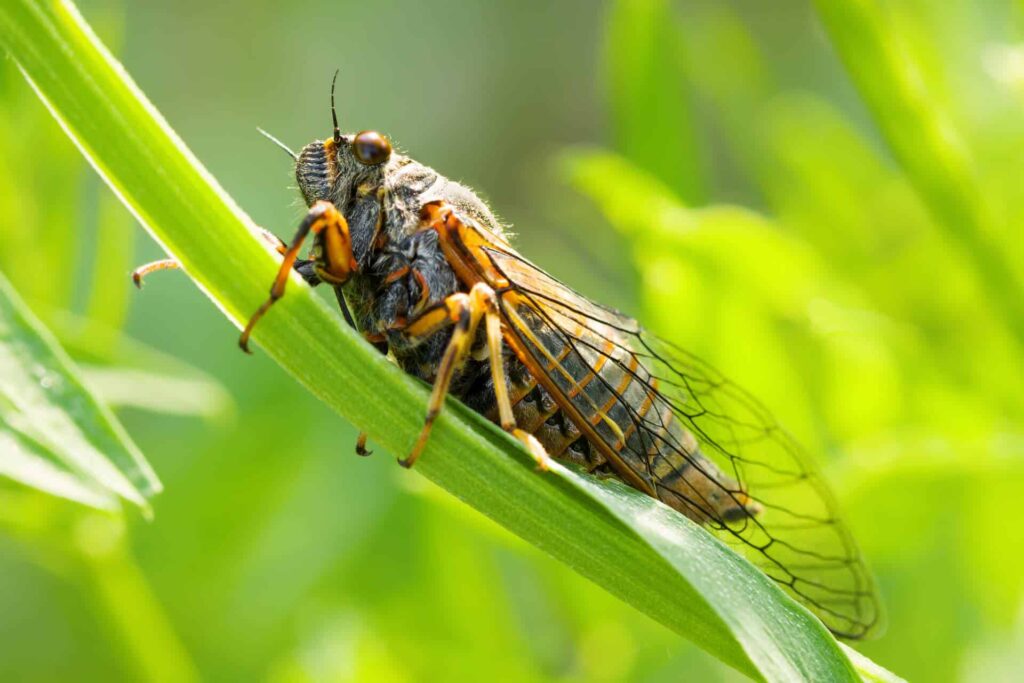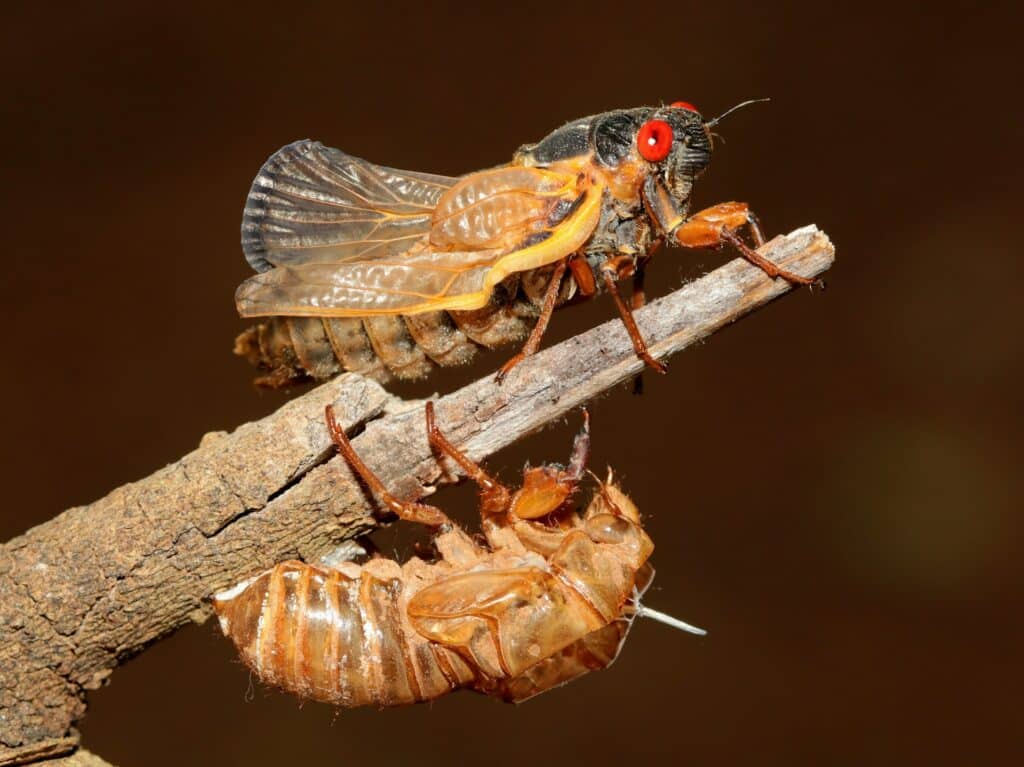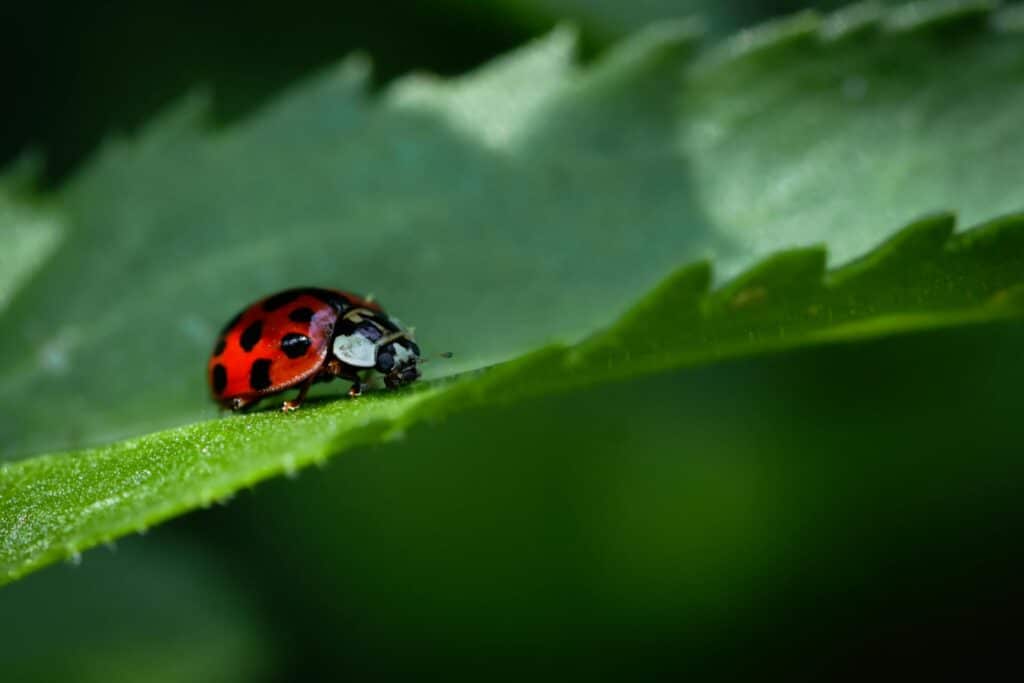While many people associate flies with being a nuisance rather than a threat, certain species can deliver painful bites. Understanding the difference between biting and non-biting flies can help you better protect yourself and your family during outdoor activities. Not all flies that land on you are looking for a blood meal, but knowing which species pose a risk is important for outdoor safety.
Can flies bite?
Some fly species can bite, while others cannot. The ability to bite depends on the species’ mouthparts and feeding habits. Biting flies have specialized piercing-sucking mouthparts that allow them to penetrate skin and feed on blood. Female biting flies are typically the ones that bite, as they need blood meals to develop eggs.
Non-biting flies have sponging mouthparts designed to soak up liquids and cannot pierce skin. Many of the flies we encounter daily, like house flies, lack the physical capability to bite humans, regardless of how annoying they might be.
What are some types of fly species that bite?
Several fly species are known for their painful bites. Horse flies, large robust flies with iridescent eyes, deliver particularly painful bites as they slash the skin with scissor-like mouthparts. Deer flies, smaller relatives of horse flies with patterned wings, are aggressive biters commonly found near wooded areas and lakes.
- Black flies (buffalo gnats) are small, hump-backed flies that inflict painful bites and can swarm in large numbers near running water. Stable flies closely resemble house flies but have bayonet-like mouthparts and target ankles and lower legs.
- Sand flies, tiny flies found in tropical and subtropical regions, deliver painful bites that can transmit diseases like leishmaniasis. Biting midges, also called no-see-ums or punkies, are nearly microscopic but deliver surprisingly painful bites, particularly around dawn and dusk.
- Tsetse flies, found in parts of Africa, have bites that can transmit sleeping sickness.
- Mosquitoes, though often considered separately, are actually a type of fly (part of order Diptera) with specialized mouthparts for piercing skin and extracting blood.
What are some types of fly species that do not bite?
Many common fly species lack the ability to bite humans.
- House flies (Musca domestica), perhaps the most familiar fly species, have sponging mouthparts that cannot pierce skin. They’re nuisance pests that can contaminate food but don’t bite.
- Fruit flies, tiny yellowish-brown flies attracted to ripening produce, feed only on decaying matter and lack biting mouthparts. Similarly, drain flies, moth-like flies found near drains, feed on organic material in pipes and cannot bite.
- Blow flies and flesh flies, metallic blue or green flies attracted to decaying matter, have sponging mouthparts and don’t bite despite their unpleasant feeding habits. Cluster flies, which often invade homes in fall seeking winter shelter, are parasites of earthworms but harmless to humans.
- Crane flies, often mistaken for giant mosquitoes, are completely harmless and many adult species don’t feed at all. Fungus gnats, small black flies often found around houseplants, feed on organic matter in soil and lack the ability to bite humans.
Are fly bites dangerous?
Most fly bites cause only temporary discomfort, but some can pose health risks. The primary concern is disease transmission, as biting flies can spread various pathogens. Deer flies and horse flies can transmit tularemia and animal diseases like anaplasmosis. Sand flies can transmit leishmaniasis in tropical regions, while tsetse flies spread African sleeping sickness.
Black flies can transmit river blindness in parts of Africa and South America. Additionally, some people experience severe allergic reactions to fly bites, resulting in significant swelling, intense itching, and in rare cases, anaphylaxis.
What to do if you are bitten by a fly
If you’re bitten by a fly, clean the area immediately with soap and water to reduce the risk of infection. Apply a cold compress to reduce swelling and discomfort. Over-the-counter antihistamines can help reduce itching and inflammation, while calamine lotion or hydrocortisone cream can provide topical relief.
Avoid scratching the bite, as this increases infection risk and may worsen inflammation. Monitor the site for signs of infection, including increased redness, warmth, swelling, or pus. Seek medical attention if you develop fever, headache, muscle pain, or if the bite area becomes increasingly painful or swollen. If in any doubt, seek medical advice or attention.
How to prevent a fly infestation
Preventing fly infestations requires addressing both breeding sites and entry points. Maintain proper sanitation by disposing of garbage regularly in sealed containers and cleaning up pet waste promptly. Keep food covered and store ripe fruits in the refrigerator. Fix leaking pipes and ensure proper drainage around your property to eliminate moist areas where flies breed. A professional pest control service can help you identify strategies to help you avoid a fly infestation.
Install and maintain screens on windows and doors to prevent flies from entering your home. Use fly traps in strategic locations, particularly in outdoor areas where flies gather. For livestock areas, implement proper manure management practices since many flies breed in animal waste.
When to call a professional
If you have noticed some of the signs of a fly infestation, Aptive’s pest control experts can quickly assess your fly situation and implement targeted treatments for effective control. Our technicians can thoroughly inspect your property to locate fly breeding areas, entry points, and attractants, then develop a customized fly control treatment plan.
We’ll also provide prevention strategies and guidance on proper sanitation and home maintenance to help protect your family from both nuisance flies and biting species. If you’re dealing with persistent fly problems or biting flies around your property, don’t wait–contact Aptive today for a free quote and start putting your pest and fly issues behind you..









